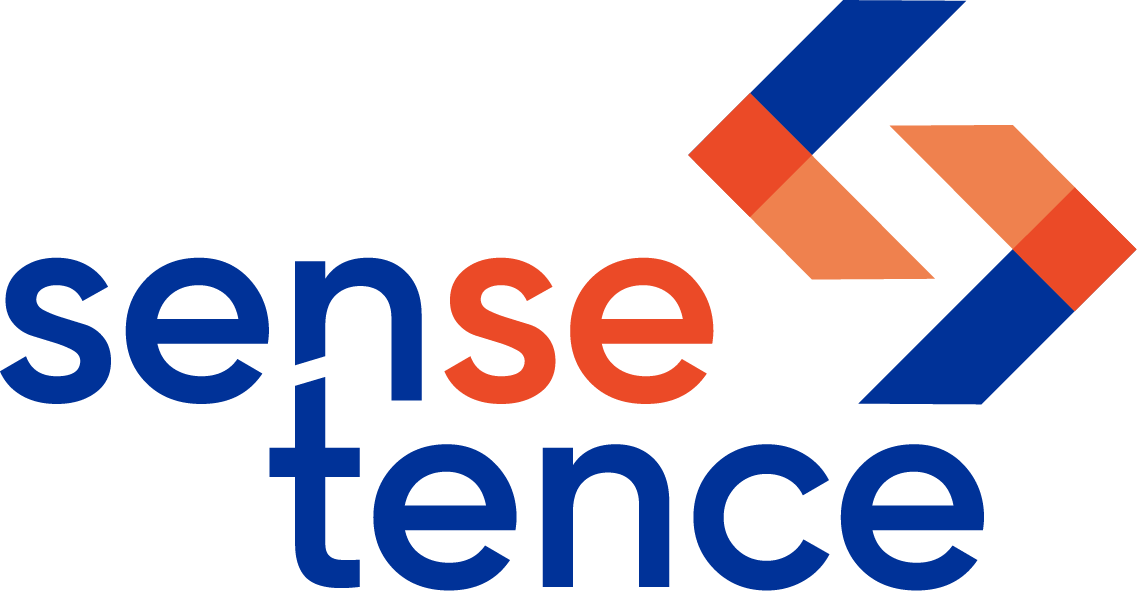We are a team of four employees, two full-time staff and two working students. Until three weeks ago the office was our meeting place. Those who wanted to work from home could do so, but most of the time we met in the office. There we had everything we needed to make good progress: suitable hardware, fast internet, the necessary rest, a coffee now and then, a good meal in the canteen, …
Then there was Corona. Already one week before the exit restrictions were imposed in Bavaria, it was clear that we should no longer all gather in the office to reduce the risk of infection. Since everyone had a notebook or a portable PC, hardware was not an issue. We don’t have services exclusively available in the office either, so a shared network or VPN is not an issue.
Nevertheless, a few situations arose where we had to find new ways. We present them here.
Team coordination
Already a few months ago we introduced Slack for communication within the team. This was to our benefit, as everyone was already familiar with this type of interaction. However, additional direct personal communication is no longer possible – you can’t just go to someone’s table and look through the source code with them. For this and for spoken communication we now use Zoom. Zoom has also proved to be a useful tool for coordination with our clients. We used to use the telephone in hands-free mode.
Daily Stand-up
We used to meet at the bar table, rarely was anyone remotely involved. There was a “leader”, he moderated the daily and took notes on a sheet of paper. Who is working on which topics, who else is involved, what stopped us. This sheet helped us during the day not to lose the thread. As a remote team, this is not possible in this form, so we developed a small application as a web application to achieve a similar workflow. Anyone can enter their topics, others see them immediately. Afterwards they can be checked off or moved to the current day.
Sprint Retrospective
When everyone was in the office, we put post-its on a whiteboard to explore the team’s mood and find both positive and negative aspects. Now we use Miro instead, and then a screenshot is shared in a slack channel instead of a photo. The retrospective can thus be done as usual at the end of a sprint. An additional advantage is that the board can be edited quickly without having to write new post-its.
Coffee breaks
We never chatted that much, but a personal exchange, just before or after the daily, during the lunch break, or during the coffee break, was part of our work routine. That’s why we now have occasional phone calls around 4 pm, informally, without work-related topics. It helps a little bit not to lose the personal connection.
Other coordination
We have been using Jira and Bitbucket for a very long time, which is of course beneficial at the moment.
Conclusion
With Corona, we have implemented a step that had actually been under consideration for quite some time: Away from physical presence and paper, to digital coordination and location-independent work. So far it has worked very well for us. There are still some challenges, interviews for example, but solutions for that will be found, too.
We plan to update this post when something new comes up.


